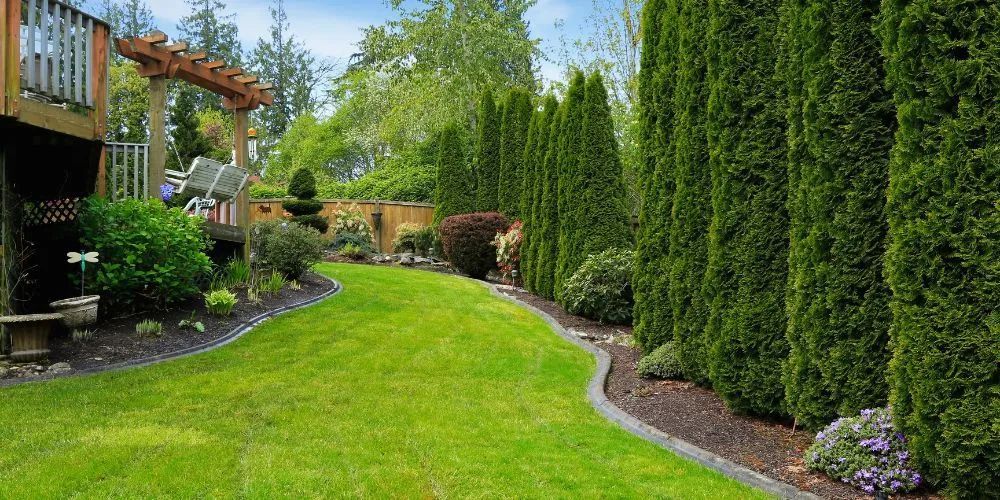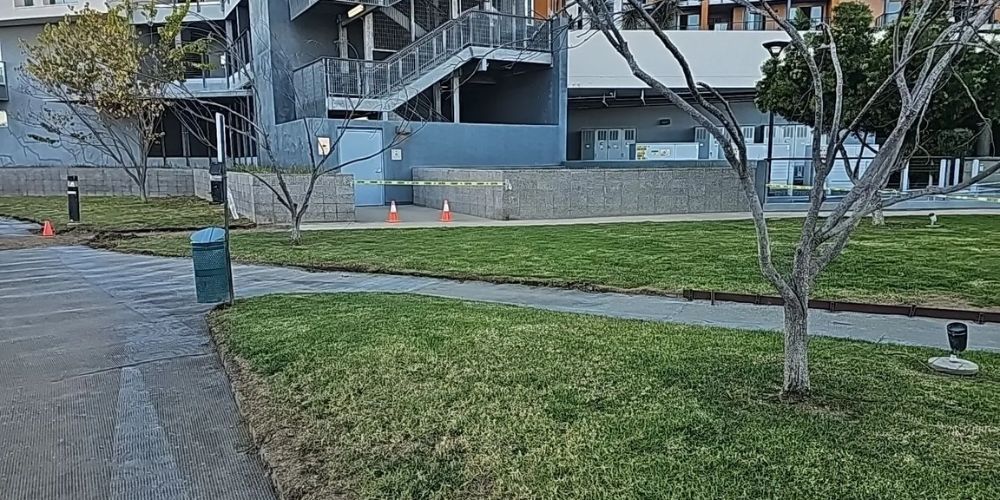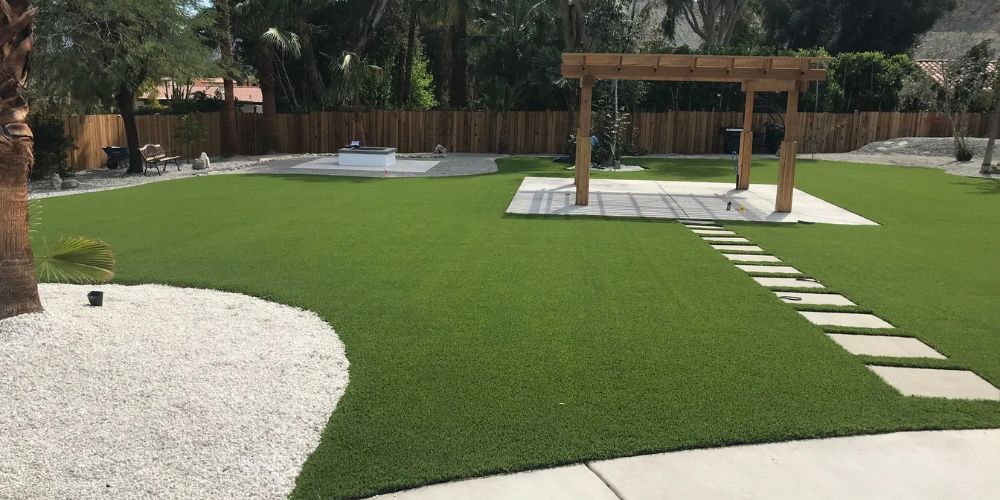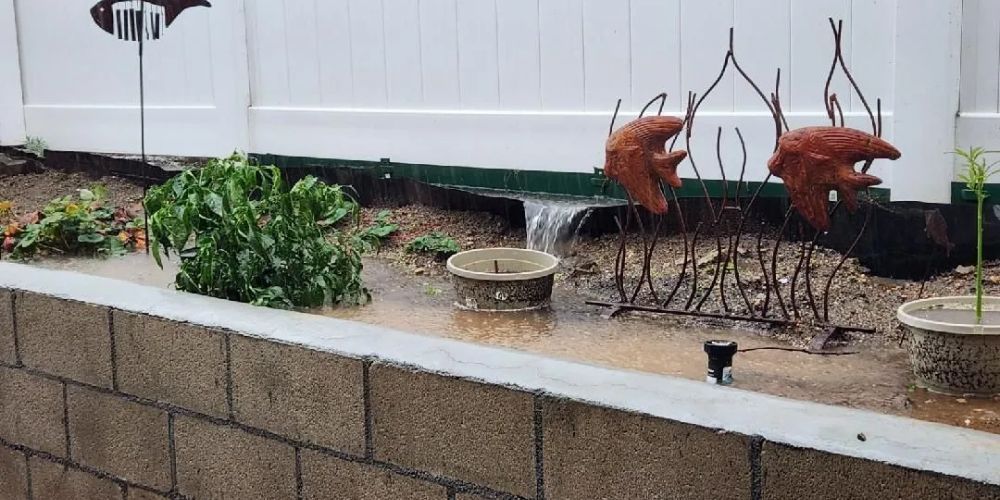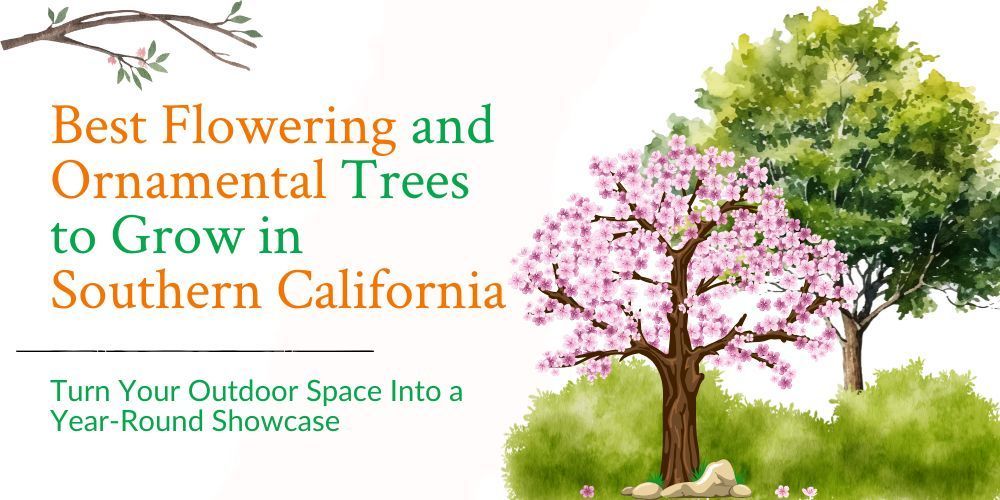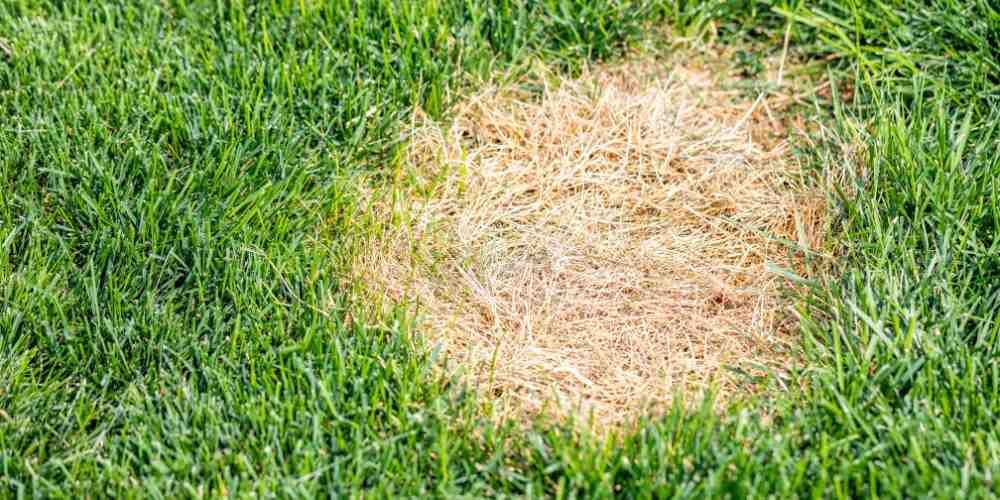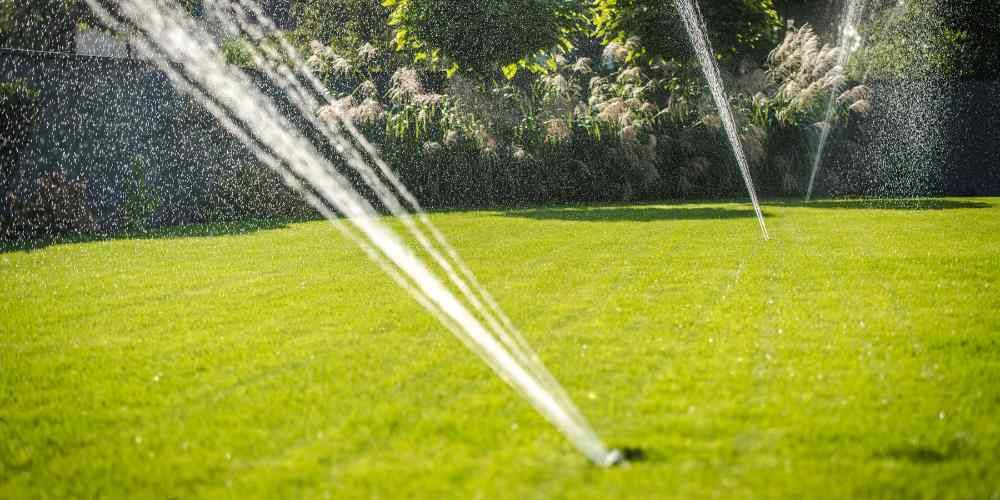Most Common Custom Landscaping Mistakes to Avoid
Your yard can be a beautiful and relaxing space. It should improve your home's appearance, work well, and be environmentally friendly.
With all the best intentions, mistakes creep in, and landscaping dreams quickly become expensive and frustrating. To help you avoid common pitfalls, let us discuss some of the more frequent errors in custom landscaping.
Not Having a Plan
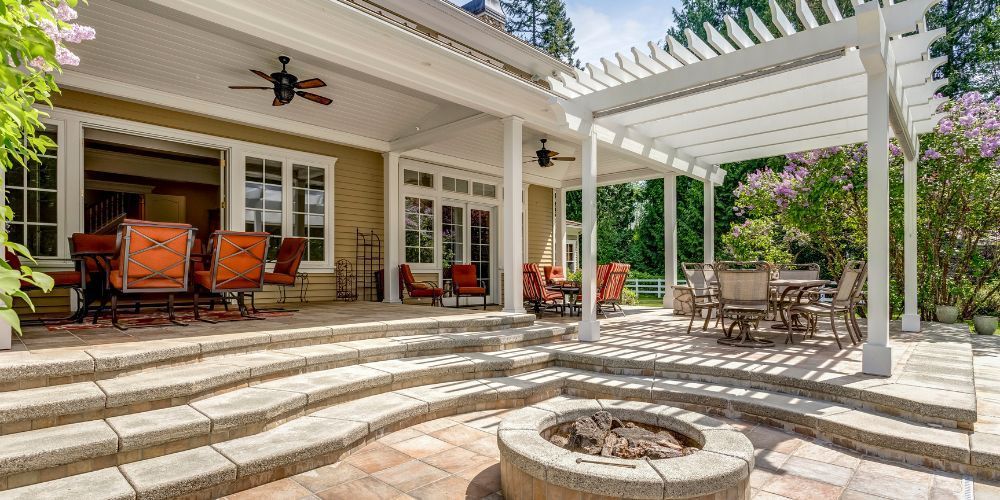
The greatest mistake in custom landscaping is starting any project without a plan. Many people want to start planting immediately, but a garden can get too crowded without a plan.
A plan helps you choose plants and materials that fit your yard's size, sunlight, and soil type, ensuring everything works well together. Otherwise, you will change things, increase costs, and become frustrated.
To avoid this mistake, spend time on detailed planning. Get advice from residential landscaping contractors for professional input and a cohesive design that fits your needs.
Not Considering Maintenance
Another common mistake is overlooking maintenance requirements. This beautiful garden can be overwhelming for the owner if they need more time or money to maintain it. Plants, lawns, and hardscapes require some upkeep, and getting out of control can result in an overgrown, unsightly landscape.
Before finishing your design, think about the time needed for care. For a low-maintenance garden, choose drought-tolerant plants and easy-to-care-for hardscapes. By landscape-matching your lifestyle, you can have a beautiful backyard without the anxiety of upkeep every other minute.
Lack of Theme

The lack of a cohesive theme can deregulate your custom landscape's beauty. It provides your design with a unified look by threading through each element in the landscape. If there isn't one, the landscape will reproduce into a jumbled mess with no point or style to focus on.
Choosing a theme doesn't limit your creativity but provides direction and consistency in the landscape. Themes will be helpful if you want a modern minimalist look, a rustic garden, or a tropical paradise. They will also assist in picking plants, materials, and decor that work well together to augment the overall appeal of your backyard.
Read more: Key Considerations for Landscape Design Planning
Forgetting About Functionality
In the excitement of creating a beautiful landscape, functionality can easily be left far behind. Your backyard is gorgeous in your eyes, but it should serve a lot more purposes than serve as eyesight. One common mistake in functional design is overcrowding with too many plants or features. This can leave little space for pathways, seating areas, or play zones.
Consider how you and your family will use the outdoor space when designing your custom landscape. Will you need a lawn for kids to play on? Maybe a patio for outdoor dining? By starting with function in mind, you can have both form and function in your landscape.
Poor Drainage
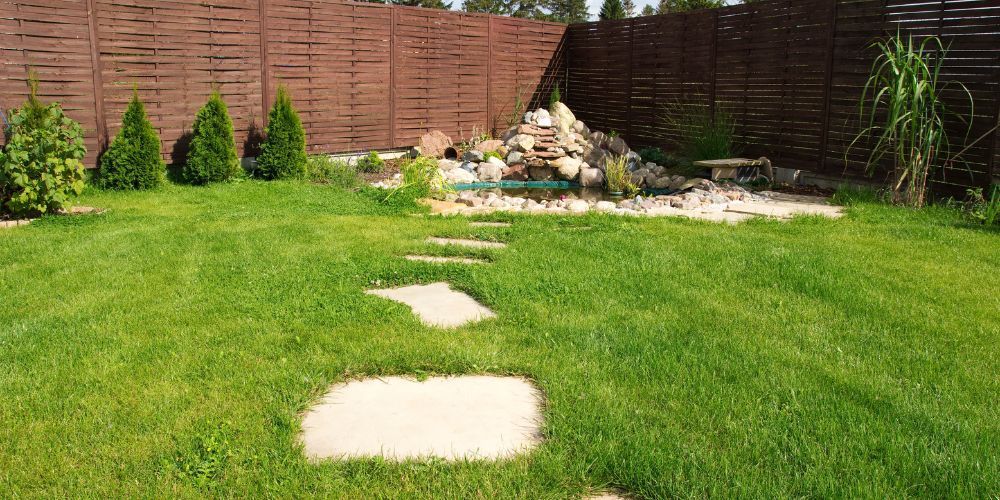
One of the big mistakes is poor drainage—it can create many other problems. Without proper drainage, water pools can cause erosion, plant damage, and structural damage to your house. More often than not, drainage becomes an afterthought for most landscaping efforts, leading to a pricey fix later.
Ensure proper grading and drainage solutions in your plan to avoid drainage mishaps. Consider implementing French drains, swales, or retaining walls for the appropriate water flow. Addressing drainage up front will secure the life of your landscape.
Overreliance on Chemicals
Many homeowners misuse chemicals like fertilizers and pesticides for a pristine lawn or garden. Such products may offer quick results, but their continued use can harm the environment, destroy soils, and cause further problems for your family and pets. These problems persist, and over-reliance on chemicals also settles into long-term issues such as pest resistance and nutrient imbalances.
Consider natural and sustainable landscaping practices instead of running to chemicals as the first resort. Use organic fertilizers, mulch for moisture, and helpful insects to control pests in your gardening routine.
Conclusion
Designing a personalized outdoor space for your backyard can be a thrilling endeavor, but errors in the process can tarnish its visual and practical charm if not executed properly. A carefully considered blueprint that includes upkeep, a uniform theme throughout the landscape design, prioritizing practicality during the building phase (like drainage), and a reduced reliance on chemicals, all contribute to a stunning outdoor living area.
Dedicated to the outdoors, you want your landscaping project done successfully by LandTech Scenery. Professional landscaping contractors can help you avoid mistakes and make your backyard landscaping dreams come true.
